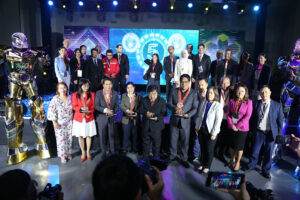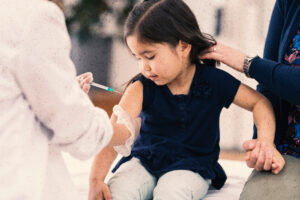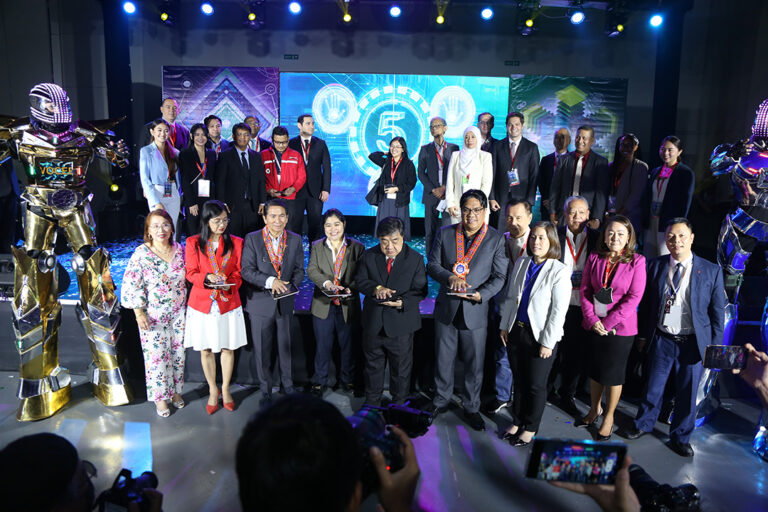By Henrylito D. Tacio
Imagine walking in a hot place and you can’t bear the heat of the sun. But how hot is the sun really? Is it time for you to protect yourself from the scorching heat? Where do you get help?
Just look at your mobile phone. The answer is right in the palm of your hand. That may seem unlikely but four United Nations agencies have launched recently a new app that provides localized information on ultraviolet (UV) radiation.
“The SunSmart Global UV app provides five-day UV and weather forecasts at searchable locations,” said the World Health Organization (WHO) in a press release. “It highlights time slots when sun protection is required with the aim of helping people around the world know when to use sun protection, in an effort to reduce the global burden of skin cancer and UV-related eye damage.”
The good thing about the SunSmart Global UV app is that it is available free of charge at both the Apple App and Google Play stores.
“The app provides personalized options so that users can take actions to protect prolonged, excessive UV exposure, a major cause of skin cancer and other UV related diseases,” the UN health agency explained. “The app allows the inclusion of national and local data streams and adaptation to multiple languages.”
“Evidence shows that overexposure to UV is the major cause of skin cancer. So, it’s vital for people to know when and how to protect themselves,” said Dr Maria Neira, WHO Director of the Department of Environment, Climate Change and Health. “We encourage everyone to use the application to protect themselves and their children, and to make this a daily habit.”
Globally, it is estimated that over 1.5 million cases of skin cancer (melanoma and non-melanoma combined) were diagnosed globally in 2020. During the same period, more than 120,000 people across the world lost their lives to this highly preventable disease.
One of the main factors contributing to these cancers is excess UV radiation from thinning of the earth’s stratospheric ozone layer resulting from the release of certain man-made chemicals. This is where the Montreal Protocol comes in.
On September 16, 1987, some members of the United Nations signed the Montreal Protocol on Substances that Deplete the Ozone Layer. It wasn’t until a year later that the Philippines signed it and ratified it on March 21, 1991.
The Montreal Protocol is an international agreement that regulates the production and consumption of ozone depleting substances (ODS). Examples of ODS, which are tongue-twisters, are chlorofluorocarbons (CFCs), halons, carbon tetrachlorides (CTCs), methyl chloroforms (MCs), methyl bromides (MBs), hydrofluorocarbons (HFCS), and – the longest of them all! – hydrochlorofluorocarbons (HCFCs).
Last January 1, 2010, the following substances had been phased out in the country, according to the Department of Environment and Natural Resources (DENR): CFCs, halons, CTCs, MCs, and non-quarantine and pre-shipment MBs.
The Philippines is also set to phase-out HFCs in 2024 while HCFCs are expected to be phase-out by 2040. HFCs are non-ODS alternatives to HCFCs but which have high global warming potential.
As a result of the continuing efforts of those countries which signed the protocol, the ozone level is projected to recover by mid-century.
“The ozone hole above the Antarctic is now smaller than it was around the year 2000, by about four million square kilometers,” said renowned ozone hole expert Professor Susan Solomon of the Massachusetts Institute of Technology.
But the world should not be complacent as the ozone hole still averages about 17 million square kilometers in size. “It isn’t completely healed,” Prof. Solomon pointed out, “but it’s better than the 21 million we had around 2000.”
In the meantime, individuals need to be particularly cautious to protect themselves from receiving too much UV exposure – this is where the UV app plays an important awareness role.
“Skin cancer can result from overexposure to the sun, so it is imperative for everyone to remain vigilant and ensure they protect themselves adequately with hats and sunscreen. The SunSmart App is a fantastic UV monitoring tool, and I would encourage everyone to use it,” advised Ms. Meg Seki, Executive Secretary of UNEP’s Ozone Secretariat.
Everyone needs some sun, mainly for the production of vitamin D which helps to prevent the development of bone diseases such as rickets, osteomalacia and osteoporosis. But too much sun can be dangerous – and even deadly.
Much of UV-related illness and death can be avoided through a set of simple prevention measures: Limit time in the midday sun. Seek shade when UV rays are most intense. Wear protective clothing, hats and sunglasses. Use a broad-spectrum sunscreen of sun protection. – ###
google.com, pub-4264550707369682, DIRECT, f08c47fec0942fa0








